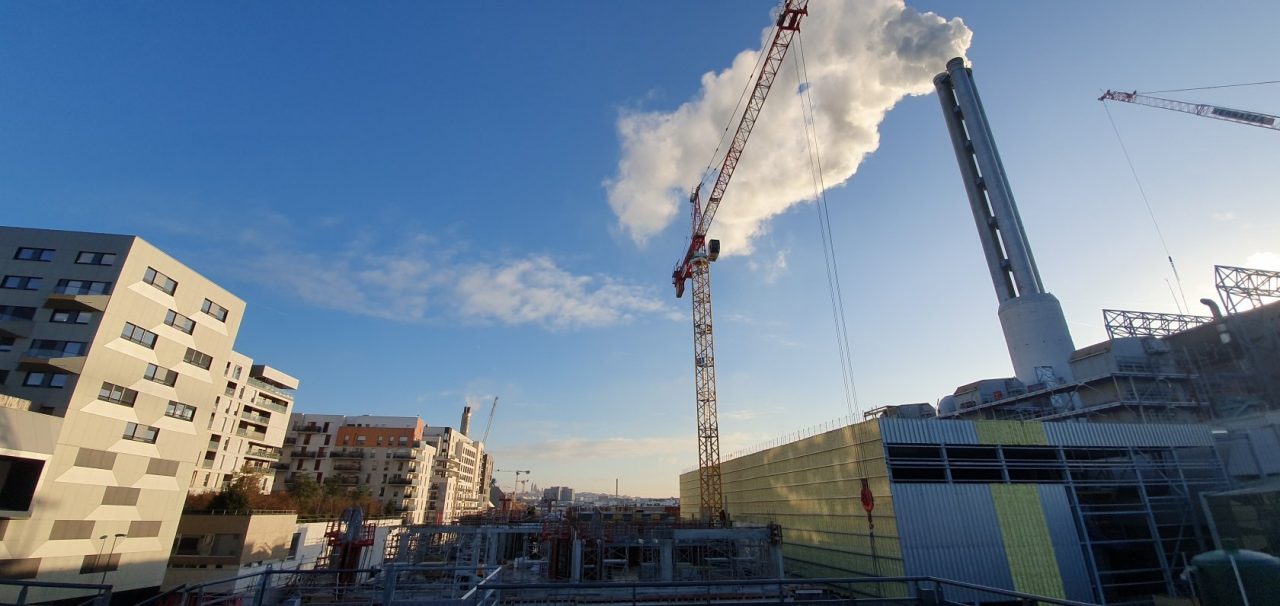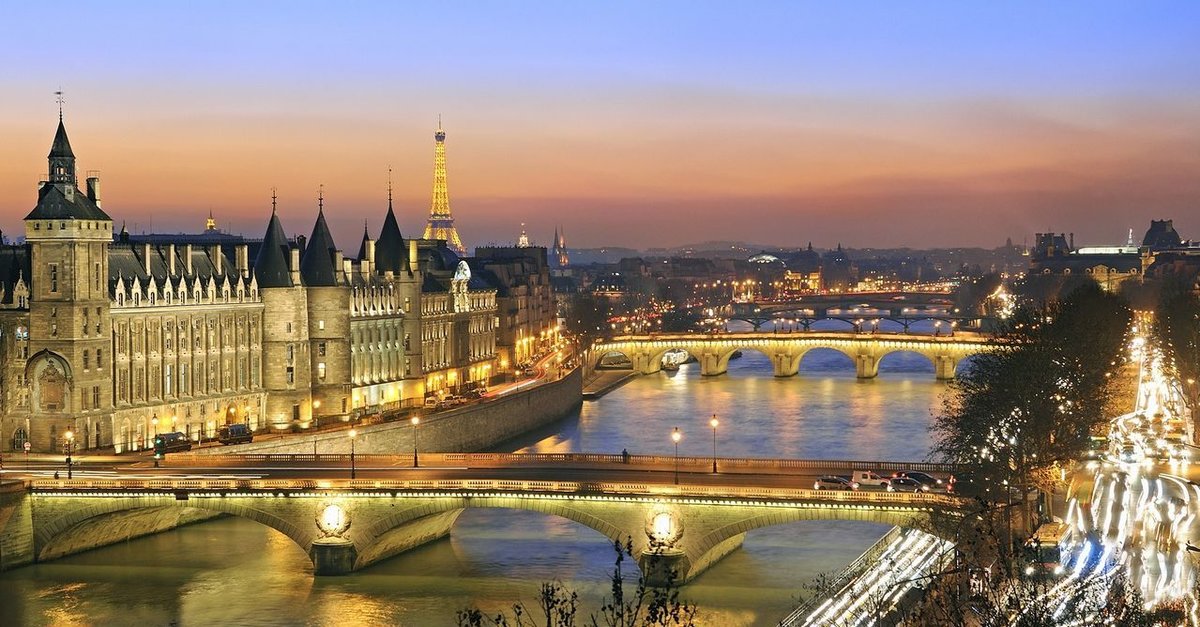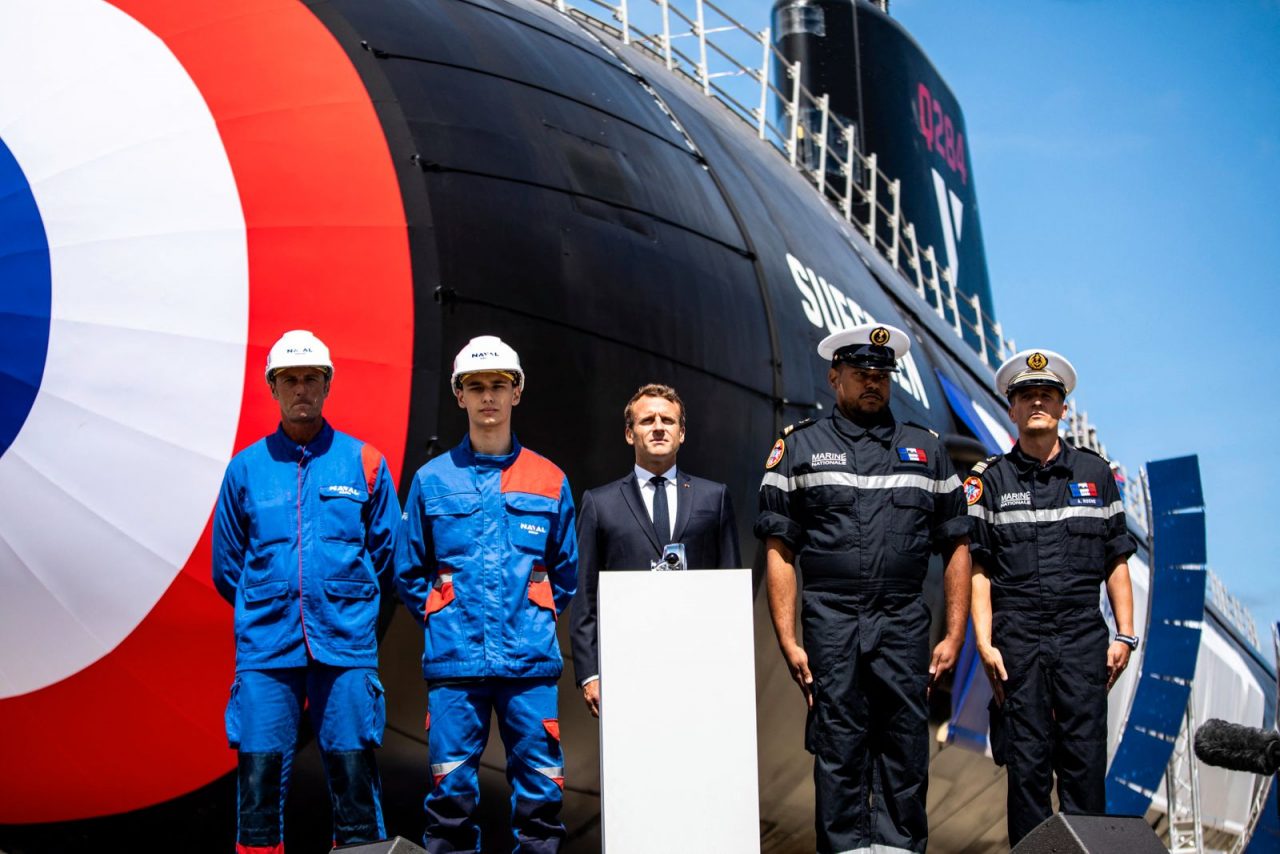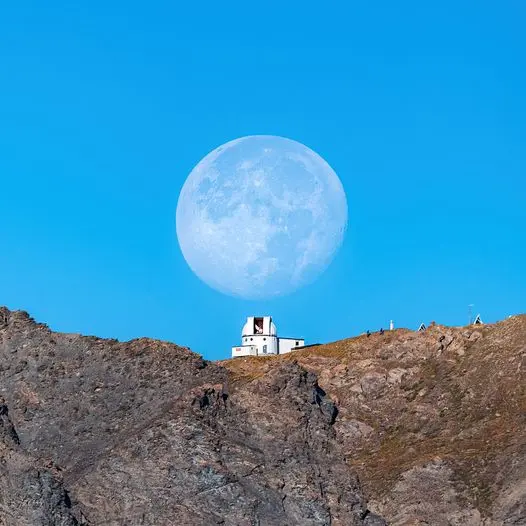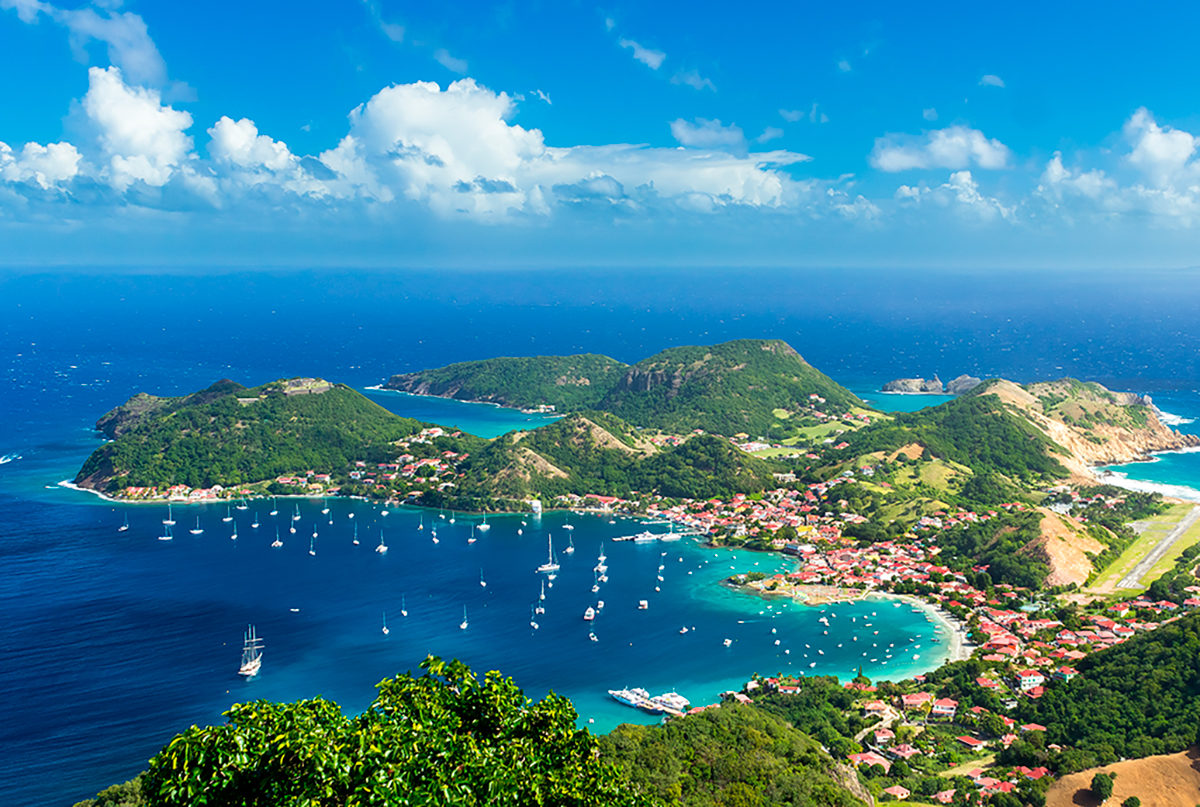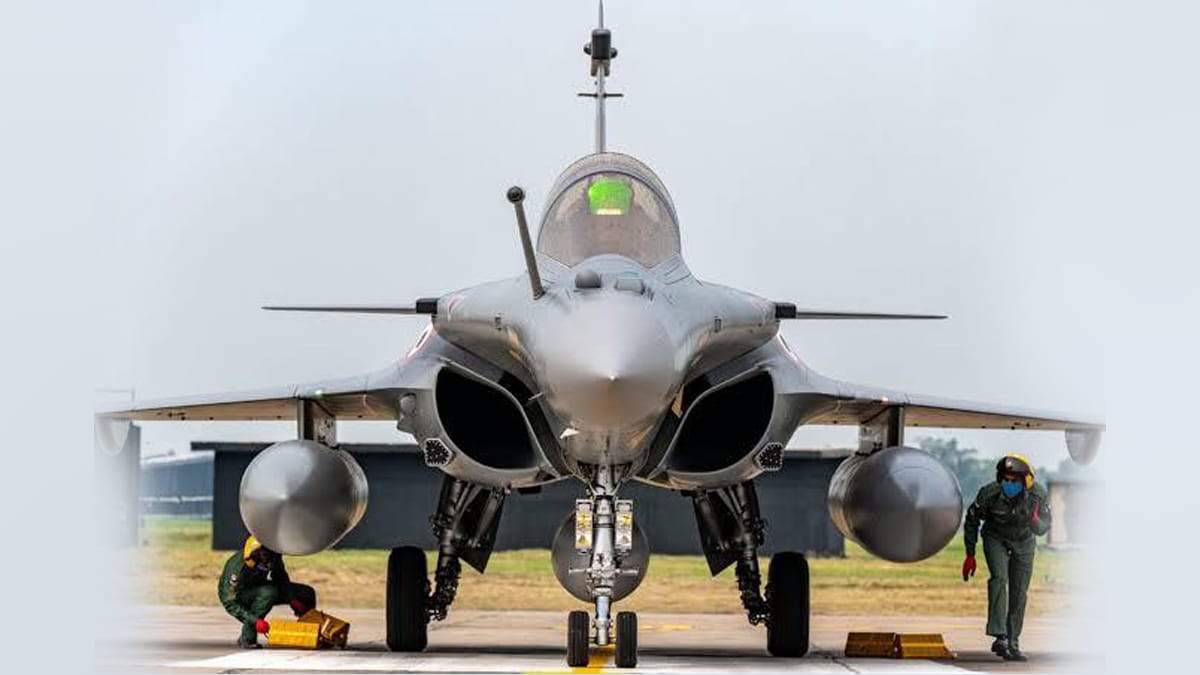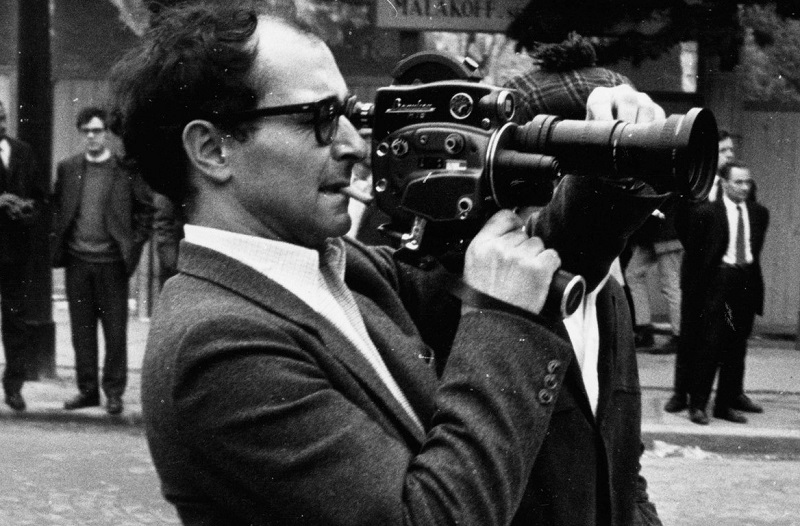Франция
Про Францію можна говорити багато, деякі факти про неї можуть бути цікавими, а деякі лякаючими. Вона має глибоку та багату історію. Культурна спадщина Франції вважається дуже різноманітною та цінною для культурної спільноти. Безліч літературних творів, творів мистецтва, пісень, шедеврів кінематографу та законодавців моди світу подарувала Франція.
Туристів з усіх точок нашої планети Франція приваблює своїми визначними пам’ятками. По всій країні витає запах волі, крім вокзалів, де вже протягом 110 років діє заборона на поцілунки.
Коротко про територію, колонії та прапор
Площа Франції найбільша у Європі. Франція також одна з найбільш густонаселених європейських країн, яка поступається в цьому лише Німеччині. Столицею цієї держави є єдине на його території місто-мільйонник Париж. Населення цього міста налічує близько 2,2 мільйонів жителів. За кількістю туристів Франція одна із перших.
Рівнина займає більшу частину території Франції. Її береги омиваються двома морями, одним океаном і протокою Ла-Манш, під яким проходить двоколійний залізничний тунель, довжина якого вважається третьою у світі. Він поєднує Францію та Англію. Також існує тунель завдовжки 11 кілометрів 600 метрів. Він сполучає Францію та Італію, проходить тунель під масивом Гори Монблан. Ця гора є найвищою точкою у Європі. Крім цього у Франції велика кількість культурних місць з красивою рослинністю, облаштованими алеями та водоймами, акваторіями та водоохоронними зонами.
У Європі найбільшими островами є: Сицилія, Сардинія, Кіпр та Корсика. Французький острів Корсика, який називають “герой у морі”, територіально знаходиться поряд з Італією, далі від Франції. Цей острів, окрім іншого, відомий тим, що тут народився Наполеон Бонапарт, образ якого можна побачити на кожному розі. На Корсиці знаходяться будинок-музей імператора, таємний грот Наполеона, і що дивно, на честь взяття Москви стоїть пам’ятник. Одним із свят на цьому острові є 15 серпня, цього дня корсиканці відзначають день народження Бонапарта.
Колись французькі колонії розташовувалися у всьому світі. Канада була першою колонією Франції з 1534, а Республіка Вануату в 1980 стала останньою. Дивно, що офіційною мовою більшої частини колоній досі є французька.
Французький прапор, що складається з трьох кольорів, синього, білого та червоного, був затверджений під час Великої революції у 1794 році. Кожен колір несе у собі релігійну складову.
Синій відтінок означає заступництво Святого Мартіна Турського. Білий – знак чистоти та національної незалежності, такого ж кольору був прапор Жанни д’Арк. Зв’язок із першим паризьким єпископом має червоний колір.
У глибину століть…
У давнину Галлією називалися країни, які в сучасному світі є землями наступних держав: Люксембургу, Бельгії, Нідерландів, Італії, Монако, Швеції та Франції. Жителі Риму вважали, що у Франції в основному живуть племена кельтської групи – галли, що в перекладі з латинської означає “півень”, відзначаючи тим самим їхню силу духу і пучок рудого волосся, що стирчить на голові. Надалі галли втратили свої відмінні риси та увійшли до складу бургундів, вестготів та салічних франків, які заснували нову державу – Франкську у V столітті нашої ери. Звичайно, символом галльських племен був півень, який згодом став знаком, що асоціюється з Францією. Емблеми із зображенням півня, монети та марки – все вказувало на приналежність народу з вольовим характером до Франції.
Тільки тут…
У Франції існує 8 музеїв, які входять у топ найчастіше відвідуваних у світі. Серед них найпопулярнішим є Лувр, на другій позиції музей Орсе. Собори Руанський та Страсбурзький одні з найвищих у світі культових споруд. У знаменитому романі Ґюґо Нотр-Дам де-Парі був основним фігурантом. Також у Франції є найбільший ансамбль зі значною переробкою природного ландшафту Версаль. Крім усього іншого в цій країні розташовується Діснейленд, він був побудований поряд із Парижем. Це місце було обрано з 1200 конкурсантів Європи.
Головною пам’яткою Франції звичайно служить Ейфелева вежа. Серед усіх веж, де платний вхід, Ейфелеву вежу відвідують найчастіше, а також фотографії цієї вежі роблять частіше, ніж з усіма пам’ятками на планеті. Башта була побудована в 1889 році до Всесвітньої виставки і досі радує парижан своєю присутністю, хоча спочатку Ейфелеву вежу вважали досить безглуздою і планували демонтувати після закінчення. Окрім цієї пам’ятки, французькі архітектори подарували світові ще одну знамениту великогабаритну будову, яка символізує у Сполучених Штатах Америки свободу, а саме статую Свободи.
У чому першість та своєрідність країни
У Франції широко розвинене сільське господарство, де виробляється чверть сільгосппродукції Європи. Середня площа території, відведеної під сільськогосподарське виробництво, є однією з найбільших у ЄС.
На території Франції знаходиться найбільша мережа ГЕС, в яку входять приблизно 500 гідроелектростанцій. Незважаючи на це, основним джерелом електроенергії у Франції є атомні електростанції. Франція є найбільшим постачальником електроенергії у світі.
Країною, що подарувала світу коньяк і шампанське, теж є Франція. Крім цього вона вважається одним із найбільших виробників вина, а за кількістю територій, які займають виноградники, поступається лише Іспанії та Китаю. Вперше виноград почали вирощувати біля Марселя в VI столітті до нашої ери, ширше поширення вирощування винограду набуло за часів Римської імперії і продовжило розвиватися в Середні віки. Першими використовуватиме перевезення вина бочки, виготовлені з деревини, теж почали французи. Французьке вино бордо вважається одним із найкращих вин у світі, та є еталоном червоного вина. Також французи лідирують за кількістю випитого вина на людину, але набагато менше їх турбують хвороби, пов’язані з серцево-судинною системою.
Ще одним символом цієї країни вважається сир. Близько 500 сортів сиру виробляється саме в цій країні, 50 з них мають сертифікат, виданий підрозділом Міністерства сільського господарства. Одним із таких сирів є Рокфор, це перший промаркований сир. Маркування він отримав у 1925 році. При приготуванні Рокфору використовують козяче молоко, дозріває сир на дубових стелажах, завдяки яким цвіль наділяє сир особливим смаком та ароматом.
Наступною особливістю народу Франції можна вважати любов до жаб’ячих лапок. У цій країні жаб’ячі лапки вважаються делікатесом, тому його подають лише у розкішних ресторанах. З хлібобулочних виробів Франція славиться багетами та круасанами. Якщо багет – це споконвічно французьке, то з круасанами все трохи інакше. З’явилися вони у 1683 році у Відні, коли та здобула перемогу над Туреччиною, і були круасани схожі на Османський півмісяць. А ось у Парижі вони стали популярними лише у 1770 році. Багато хто зіставляє ці булочки з Францією, тому що французькі кулінари змінили їхню рецептуру за рахунок додавання листкового тіста.
Франція стала основоположником двох популярних видів кафе: бістро та брассері. Кафе бістро відрізняються простотою своїх страв та великим вибором алкогольних напоїв. Назву ця закусочна отримала завдяки нетерплячим російським козакам, які привертали увагу офіціантів вигуками «бистро». Мало хто знає, що спосіб оформлення меню на грифельних дошках бере свій початок в одній із популярних французьких пивоварень – брассері. Цей заклад відомий своєю стабільністю: у ньому досі зберігся первісний інтер’єр та перелік страв.
Культурний внесок Франції
XVII століття для Франції стало століттям культури, оскільки особливий прогрес стався у цій сфері: країна стала центром культури привілейованих груп суспільства. Саме в цій країні почали знімати кіно, з’явився новий напрямок у живописі, почали співати шансон, вигадали два ефектні танці: кадриль та канкан. Французький винахідник Еміль Рейно та художник Еміль Коль стали основоположниками мультиплікації, а також у державі вперше було проведено перший показ фільму за допомогою синематографу.
Перший кіносеанс було проведено 1895 року на знаменитому бульварі, названому на честь імені жіночого монастиря – Капуцинок у столиці Франції. На Лазурному Березі з 1946 року і по сьогодні щорічно проводиться найпопулярніший у всьому світі кінофестиваль.
Брендовий одяг та взуття з Франції є візитною карткою кожної модниці. А французькою косметикою та парфумерією користуються найпопулярніші особи всього світу. В епоху правління короля Людовіка XIV країна франків стала державою – законодавцем мод, також до сьогодні саме тут проходить одна з найважливіших подій в індустрії моди. Завдяки французькому модельєру Луї Бенару жінки носять бікіні купальники.
Неможливо не згадати про машини французьких автовиробників, які мають величезний попит не лише серед громадян Франції, а й у всьому світі. Нещодавно гранд-тур «Тур де Франс», який збирає велогонщиків з усіх країн на кілька днів, відзначив свій ювілей сто років. Траєкторія руху та кілометраж траси щорічно змінюється, але, дотримуючись традицій, фінішом є Єлисейські поля. Варто відзначити, що ідея винаходу педалей велосипеда, що крутяться, належить теж французу.
Що стосується побутової хімії, відоме всім мило для прання бавовняних та лляних тканин прийшло до Росії з Марселя. Наприкінці XIV століття був заснований перший миловарний завод, а майже через сто років миючий засіб отримав офіційну назву «марсельське мило», у зв’язку з чим тепер заборонялося використання у виробництві тваринних жирів. Сьогодні портове місто на півдні Франції вміщує шість заводів по виробництва мила.
Принцип дії парашута вперше випробували у Франції. Там, в XVII столітті вперше здійснив стрибок злочинець, який спорудив парашут за допомогою кількох простирадл. Ще один ув’язнений стрибнув з винаходом професора Фонтажа з умовою помилування за позитивного результату. Також Франція – батьківщина першого парашутиста, який зробив свій стрибок наприкінці XVII століття з висоти 680 метрів над одним із старовинних парків Парижа.
Механізм для виконання смертної кари шляхом відсікання голови був винайдений французьким професором, який став символом гуманізму і рівності. На його честь і було названо знаряддя для страти – гільйотину. Сім’я професора була вкрай незадоволена назвою механізму для знищення людей прізвищем людини, яка, навпаки, була проти позбавлення життя як покарання. Отримавши відмову від влади на прохання перейменувати зброю, спадкоємці Жозефа Гільйотена були змушені змінити знамените прізвище.
Франція – країна романтична, унікальна. Громадяни держави галантні, життєлюбні, дотепні. Вони прагнуть дотримуватися норм етикету. Французи, що люблять красу навколо себе, прагнуть отримати від життя задоволення, живуть сьогоднішнім днем. Країна знаменита пристрасними поцілунками не просто так, жителі Франції вміють закохуватися та закохувати. Французи відрізняються дружелюбністю та лояльністю до інших націй, віросповідань. Вони шанобливо ставляться до громадян інших держав.
Носії французької мови пишаються своєю елегантною вимовою і вважають, що саме ця мова є універсальною і має використовуватися в якості спілкування всіма державами світу.

